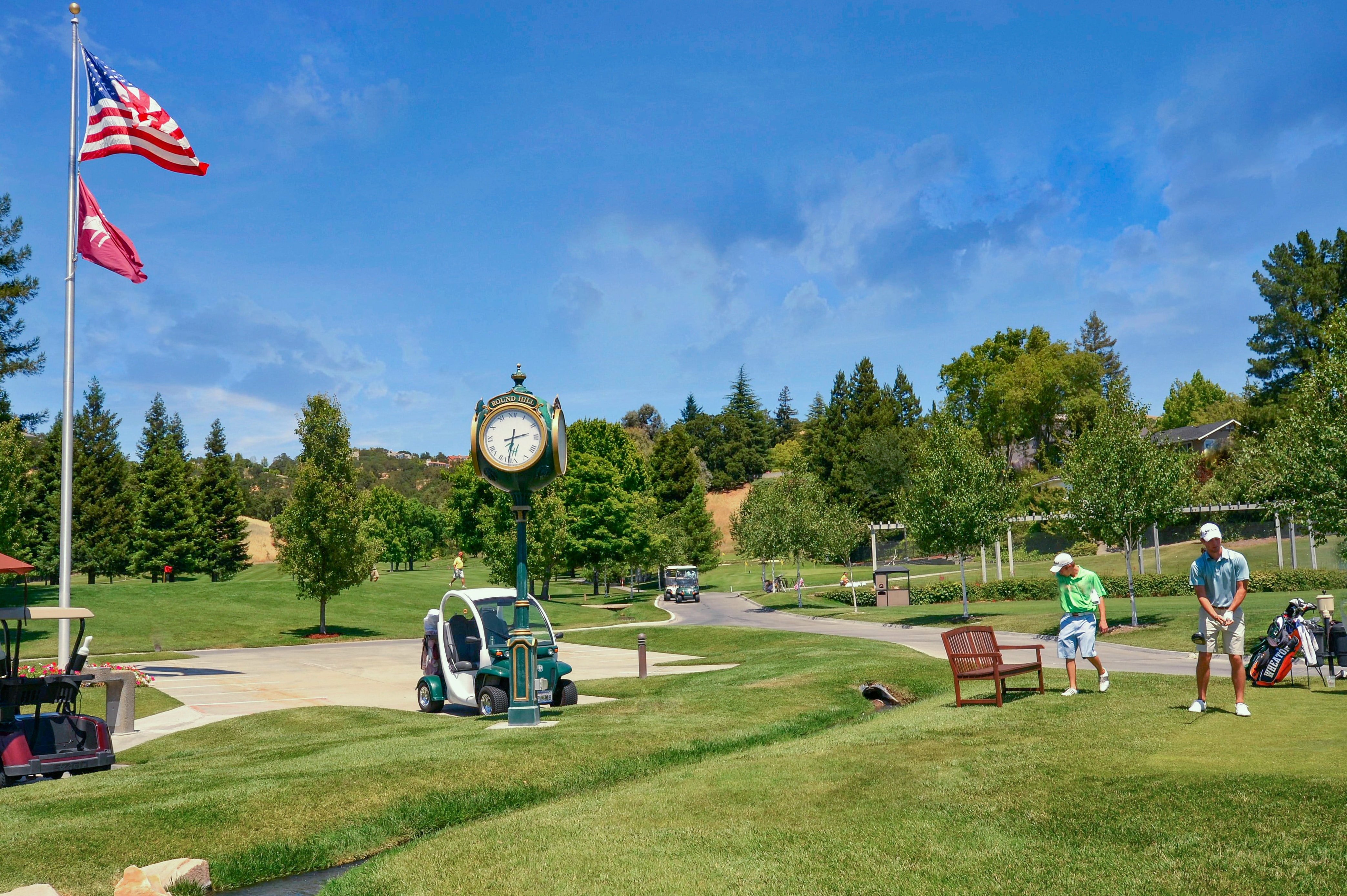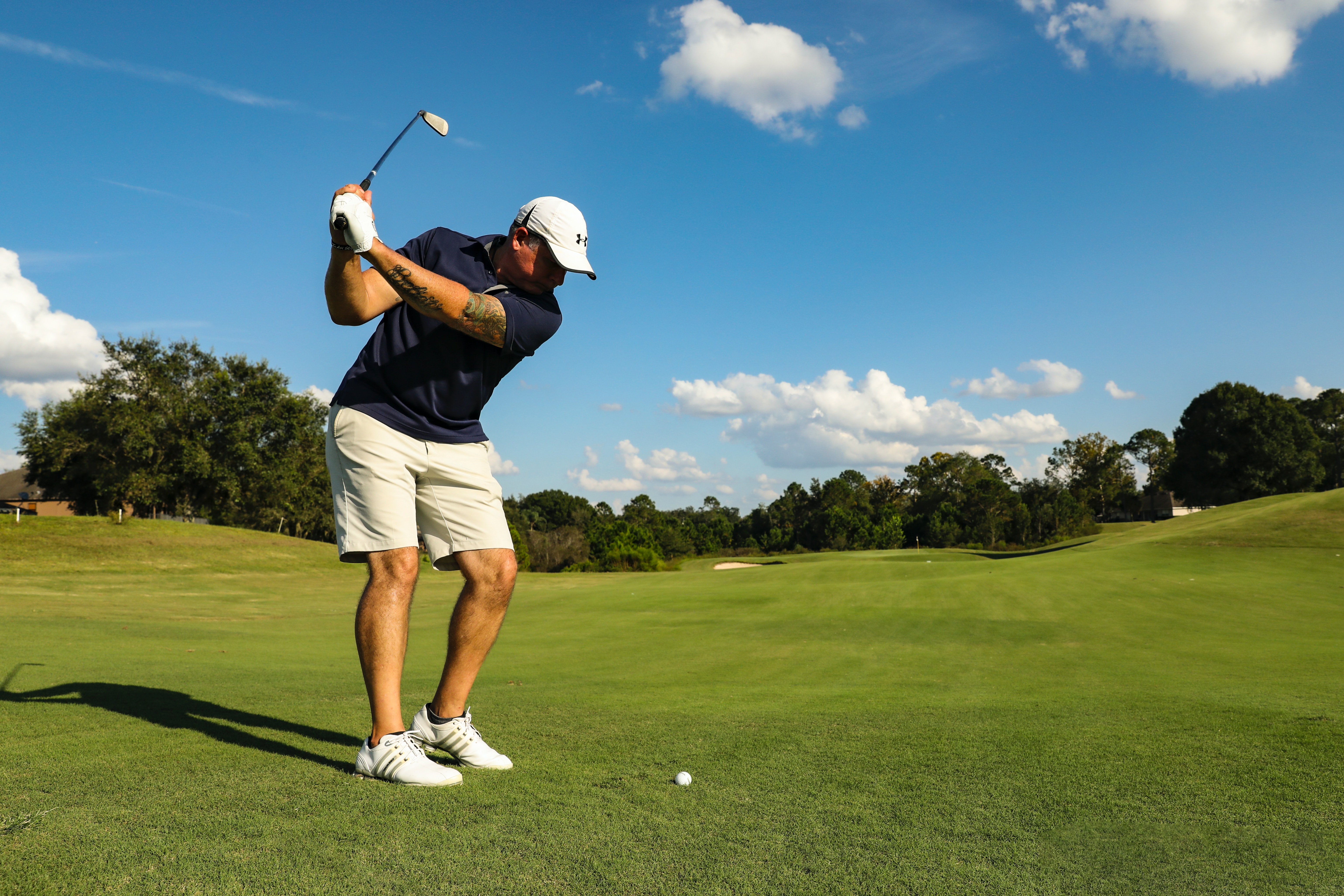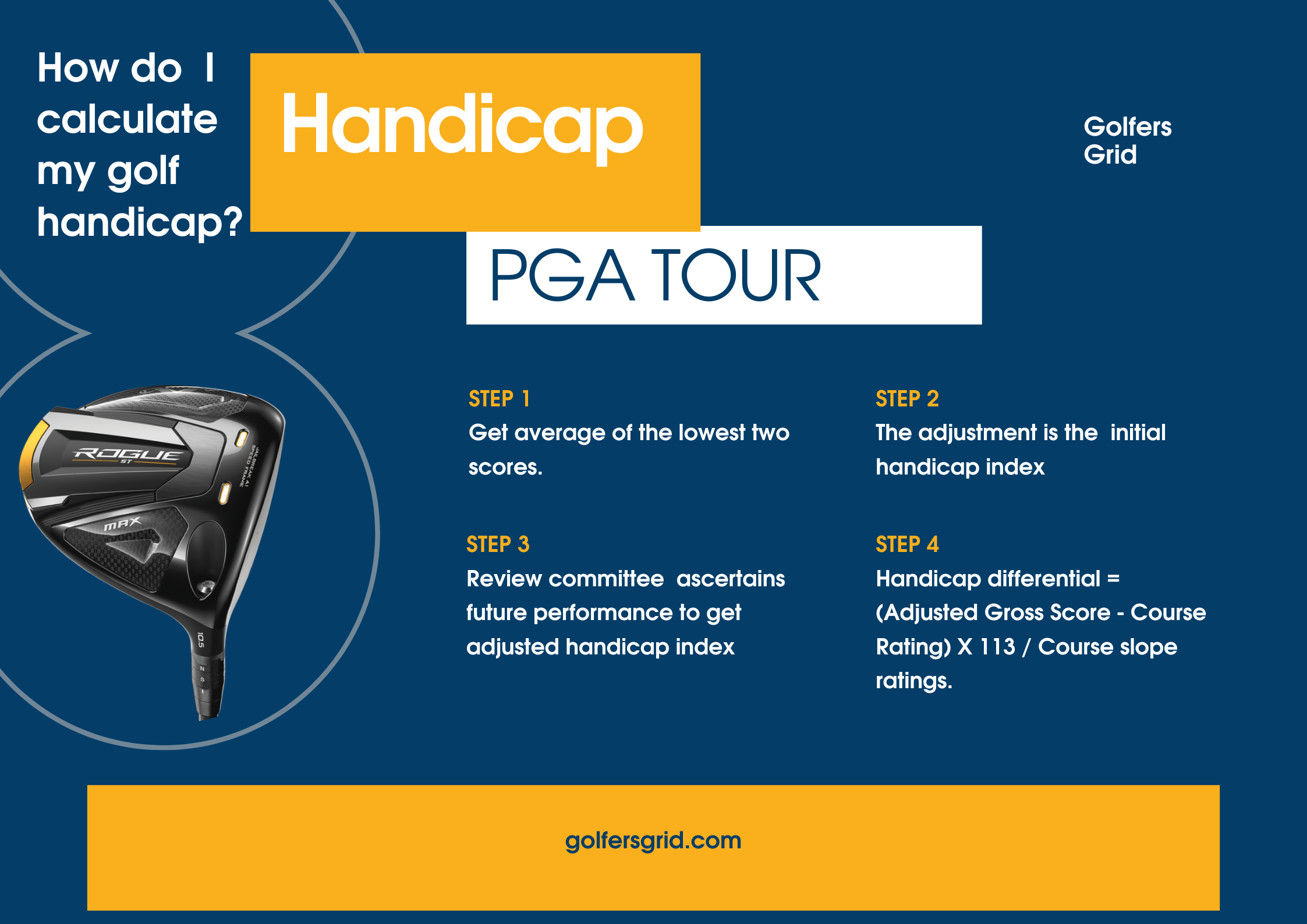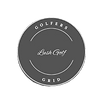
The amateur game is fundamentally based on the handicap system, unlike pro golf players . It enables equal opportunity competition between players of all ages, sexes, and skill levels.
To accurately depict an amateur golfer’s current skill and performance level, the World Handicap System employs an average computation approach.
In a Stableford competition, a player with a 36 handicap and a player with a scratch handicap should both have an equal chance of winning despite the other having better pro golf swings.
The majority of players in amateur golf would not be able to compete without the handicap system, and the game would be far less enticing to such a wide range of people.
- The World Handicap System (WHS) in Detail
- Practical Handicap Calculation Example
- PGA Tour Player Handicap
- What a Plus Golf Handicap Means
- Average Golf Handicap on the PGA Tour
- Key Takeaways for Amateurs
- Why Slope Rating Matters More for Beginners
- FAQs on Golf Handicaps
- Do PGA pros have a handicap?
- What is the average handicap for a pro golfer?
- Who has the lowest handicap on the PGA Tour?
- What handicap are PGA players?
- How is PGA handicap calculated?
- What is a 95% playing handicap?
The World Handicap System (WHS) in Detail
The modern **World Handicap System (WHS)**, implemented globally, replaced older national systems to ensure consistency. The WHS relies on two key course metrics to calculate your **Handicap Index**:
-
Course Rating: The standard score a scratch golfer is expected to shoot on a specific set of tees under normal course conditions (usually close to Par). It reflects the difficulty for a good player.
-
Slope Rating: A measure of the relative difficulty of a course for a *bogey golfer* (a player with a Handicap Index of around 20) compared to a scratch golfer. A higher Slope Rating means the course is significantly harder for the average golfer.
Your **Handicap Index** is calculated using the best 8 of your last 20 scores, factoring in these ratings. This ensures your handicap reflects your current ability regardless of the course you play.
Practical Handicap Calculation Example
Imagine an amateur golfer with a calculated Handicap Index of **18.0** playing a course with a Course Rating of **71.5** and a Slope Rating of **130** from the Blue Tees.
-
Calculation: (Adjusted Gross Score – Course Rating) x 113 / Slope Rating = Handicap Differential (for one round).
-
Example Play: If the golfer shoots a gross score of **89** on that day:
(89 – 71.5) * 113 / 130 = **15.1** (This is the Handicap Differential for that round).
This differential (15.1) would then be averaged with 7 other differentials to determine the official Handicap Index. For this specific round, the player would likely receive a **15-shot allowance** when playing against par (Par 72 – 15 = Net Score of 57, though stroke allowance is based on full index).
PGA Tour Player Handicap

Do PGA players have a handicap? There is no handicapping system in professional golf . Flat competition between professionals; no shots are taken. After 72 or 54 holes in matchplay, or after every individual hole in gameplay, the player with the highest gross score wins.
Some professional golfers maintain an unofficial handicap for pleasure or at their favorite club to give them a general sense of the number of shots to offer amateur buddies in friendly competitions. Golf pro players with handicaps have been as lower as plus (+)7.
What a Plus Golf Handicap Means

What does a plus golf handicap mean? A player with a positive handicap adds shots to their final round score if they are good enough to have one. When calculating their net score at the end of a round when they played off +3, they added three shots to their total score.
They would have to provide a total of eight shots if they were competing against, perhaps, a player with a 5 handicap (who subtracts 5 shots from their gross score after a round to give their net score).
Average Golf Handicap on the PGA Tour

What is the typical PGA Tour player’s handicap? The best of the best compete on the PGA Tour. The PGA player shots show that they are a few competitive levels above the elite amateur
It would be expected to have a handicap substantially better than that if you assume that a top amateur will have a handicap of about the +3 to +6 mark.
The Golf Stat Pro Lou Stagner, a golf handicap app, calculated the Handicap Index players’ positions with the Course Rating and Slope Rating on the scorecard for the course during that period a few years ago using data from the PGA Tour from 2016 to 2020.
It revealed that at the time, PGA Tour players had a +5.4 Handicap Index on average.
Rickie Fowler had the best index during that time, at +8.4, 1998 PGA player of the year, Mark O’Meara, and Dustin Jordan Spieth, Johnson, and Brooks Koepka had the best average index over the four years, at +6.5. Julius Boros, the oldest PGA player to win a major even had a better handicap.
When you take into account that the calculations didn’t account for the tournament setup—faster greens, rougher, vice pro golf balls , and challenging pin positions—those numbers become even more amazing.
The handicaps of PGA Tour players might be at least one or two shots lower if things were taken into account. The PGA Tour frequently emphasizes that these men are excellent thanks to their precision pro golf .
Key Takeaways for Amateurs
The main difference between professional and amateur golf lies entirely within the scoring structure. While pros play for **Gross Score** where every stroke counts, amateurs use the **Handicap System** to level the playing field. Understanding the Course Rating and Slope Rating is vital for any amateur serious about tracking their *true* ability. A higher Slope Rating indicates a course is significantly more challenging for the average player than for a scratch golfer.
Why Slope Rating Matters More for Beginners
-
Slope Bias: A high Slope Rating (e.g., 140+) means a higher handicap player will receive more strokes relative to the Course Rating.
-
Fairness: It ensures that playing a difficult course (high Slope) doesn’t unfairly penalize an amateur golfer’s Handicap Index compared to a friendlier course.
-
Goal Setting: For amateurs, aiming for a Handicap Index that accurately reflects one’s average score under normal conditions is more important than chasing the score of a PGA pro.
FAQs on Golf Handicaps
Do PGA pros have a handicap?
Yes but not for competitive purposes
What is the average handicap for a pro golfer?
Average handicap for a pro golf player is around +5.4 (this is their calculated Handicap Index, meaning they typically shoot 5.4 strokes under par on a course of par 72 if the course rating is 72).
Who has the lowest handicap on the PGA Tour?
Tiger Woods has historically posted incredibly low indices, often cited near +8.4 in historical data, reflecting near-scratch to sub-scratch play consistently.
What handicap are PGA players?
There is no handicap system in PGA competition; they compete using **Gross Score**.
How is PGA handicap calculated?
Professional performance is measured using the formula: Handicap differential = (Adjusted Gross Score – Course Rating) X 113 / Course slope ratings, but this is used to *gauge* skill, not to assign strokes in a tournament.
What is a 95% playing handicap?
In casual play, the **Handicap Allowance** is often set at 95% of the calculated Handicap Index to ensure the lower-handicapped player doesn’t receive *too* large an advantage.




